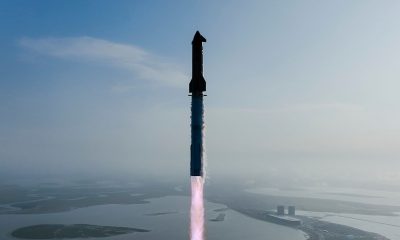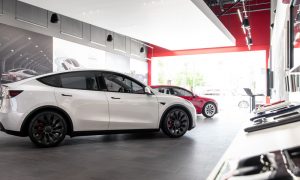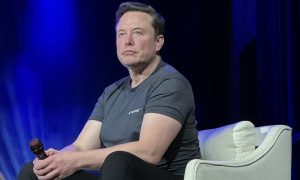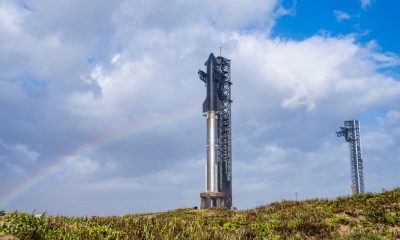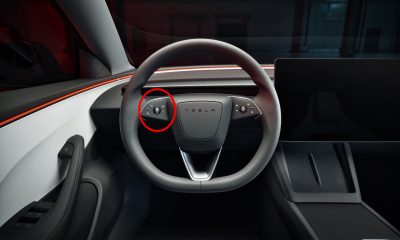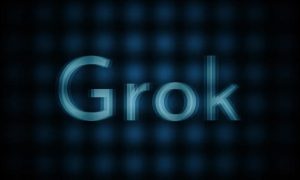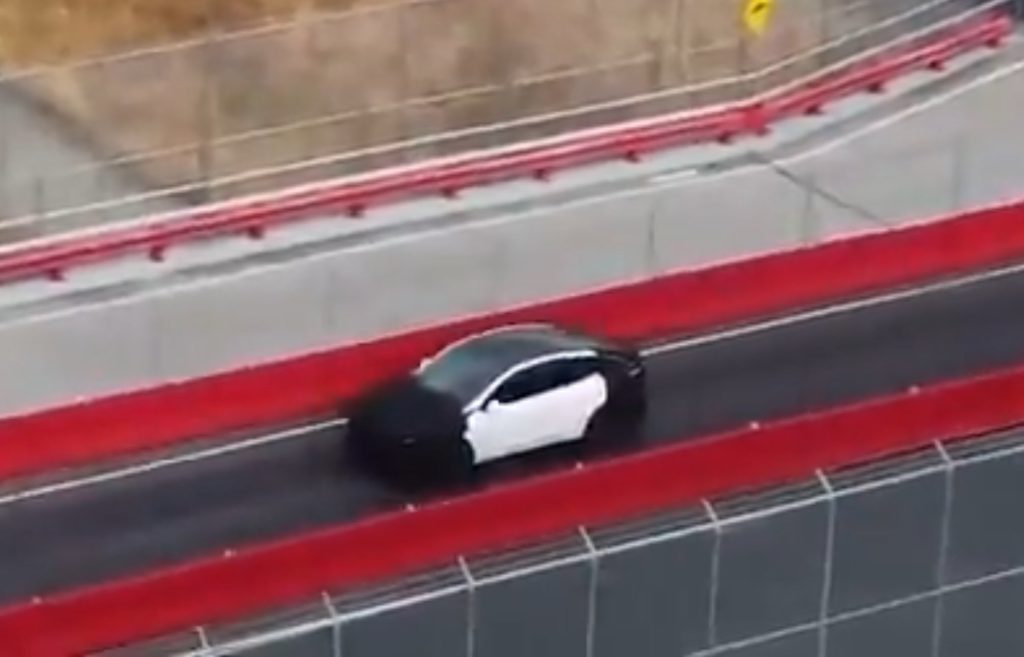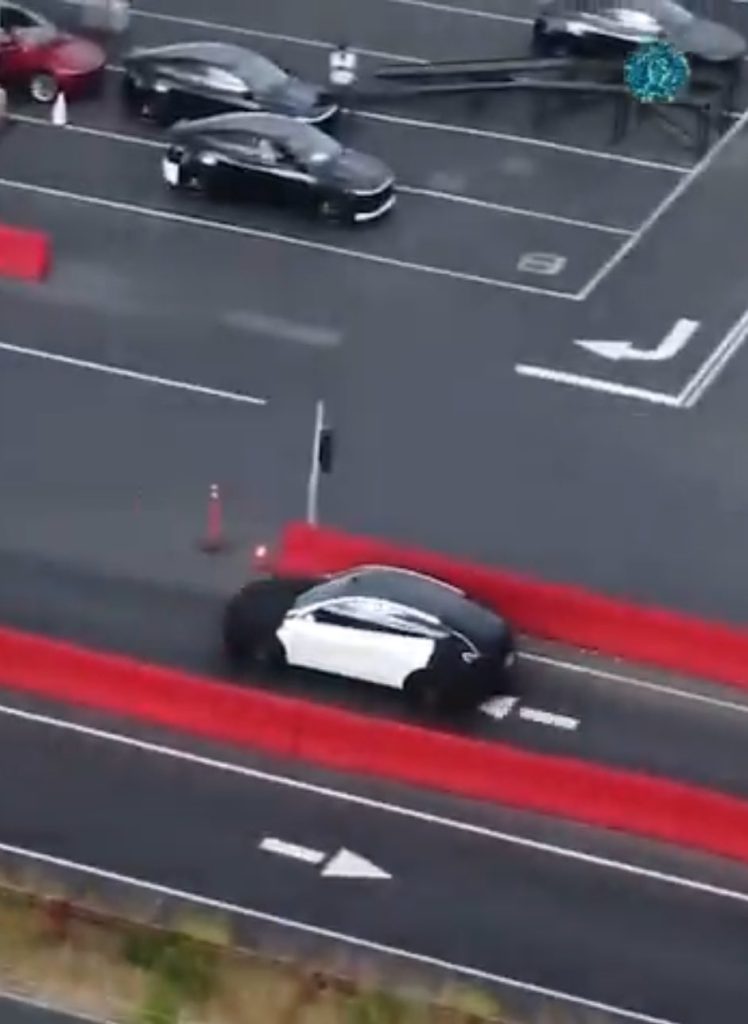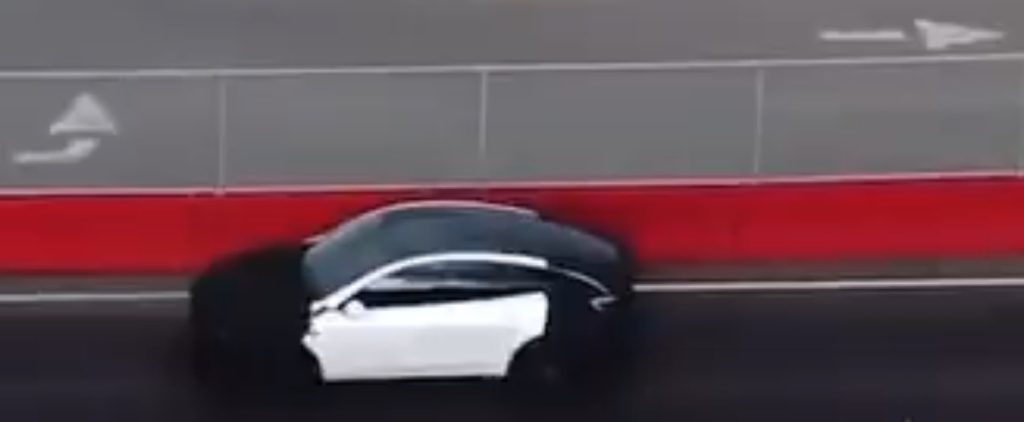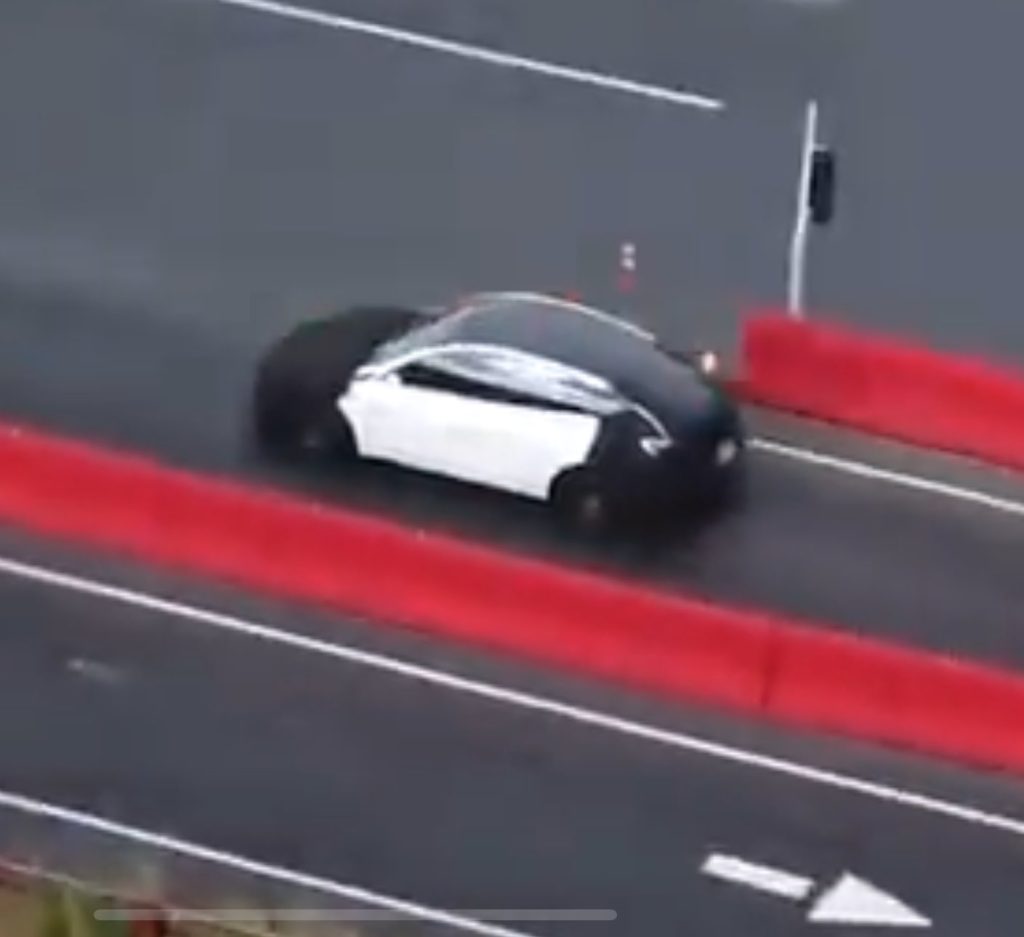News
How Elon Musk and Obama both argue for cleantech despite political uncertainty
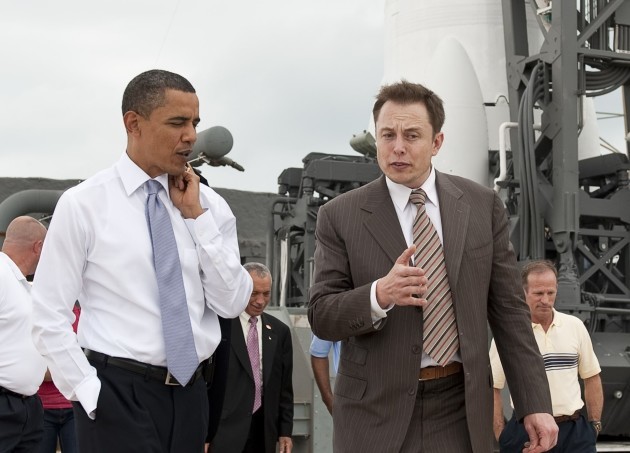
In spite of tremendous obstacles, Elon Musk has changed the way the world thinks about energy usage. He has defied odds with his rocket company SpaceX despite having to face-off against government-funded competition. He has pushed Tesla’s direct sales model even when hit with major lobbying blockades from the Big Three car manufacturers in Detroit. Musk’s Master Plan Part Deux outlined a vision for the future of sustainability and its necessity for the planet. It’s an argument that many pundits have rejected as too costly, complicated, or just plain crazy.
On Monday, President Barack Obama wrote in the journal Science that a national policy to embrace renewable energy over a continued focus on fossil fuel production makes economic sense. President-elect Trump has decried calls for the U.S. to transition to alternative fuels.
Both Musk and Obama speak to energy policies that would change the way people heat their homes, commute to work, and depend on big utilities for energy provision. In his first Master Plan, Musk offered offered a pathway in which a low volume, expensive car would create a profit that would eventually be directed to create an affordable, high volume car. That first plan also emphasized the importance of solar power provision. He reiterated in Master Plan Deux that “we must at some point achieve a sustainable energy economy or we will run out of fossil fuels to burn and civilization will collapse.” Increasing atmospheric and oceanic carbon levels threatens life on the planet, and Musk has said all along that the faster we achieve sustainability, the better.
Obama noted in the Science article that many businesses have come to the independent conclusion that reducing emissions is good for the environment and for profitability. He noted that millions of U.S. citizens already are employed in jobs related to energy-efficient technologies, adding that the cost of renewable energy has continued to decline, partly because of government incentives but primarily due to market forces. “Although our understanding of the impacts of climate change is increasingly and disturbingly clear,” Obama states, “there is still debate about the proper course for U.S. policy.” Obama goes on to say that the United States is showing that greenhouse gas mitigation “need not conflict with economic growth. Rather, it can boost efficiency, productivity, and innovation.”
Musk’s successful and sustainable business practices correlate with President Obama’s conclusions. Tesla’s commercial Powerpack system, alongside solar company SolarCity, combines integrated energy generation and storage. Tesla production goals include improved factory efficiency 5X to 10X by 2022, which will, in turn, make Tesla’s vehicles more affordable. With radar, sonar, and advanced AI, Tesla’s Autopilot may end up 10X safer than human drivers. Tesla’s vision for the future is not limited to cars, as Musk wants to reinvent all kinds of vehicles such as massive electric 18-wheelers, which would dramatically reduce cargo shipping costs and could have revolutionary economic and environmental implications.
These types of alternative fuel innovations are just what Obama has outlined in his Science article. “The business case for clean energy is growing, and the trend toward a cleaner power sector can be sustained regardless of near-term federal policies,” he writes, adding, “I believe the trend toward clean energy is irreversible.”
“There is always tension between the visionary and the day-to-day, but that’s what causes things to happen as you figure out how the world is going to be,” offers Ian Wright, whose startup, Tesla, has propelled Musk toward uber success. “It’s really hard to imagine how Elon does it all. He’s human like everyone else. It hasn’t been smart to bet against him.”
Related News
- Musk joins Trump’s advisory council, along with Uber and PepsiCo CEOs
- How will Tesla perform in Mr. Trump’s America?
- The Tesla Blockade Coming from Legacy Automakers and Trump
News
SpaceX hit with mishap investigation by FAA for Starship Flight 9
Starship’s ninth test flight has the FAA requiring a mishap investigation from SpaceX.
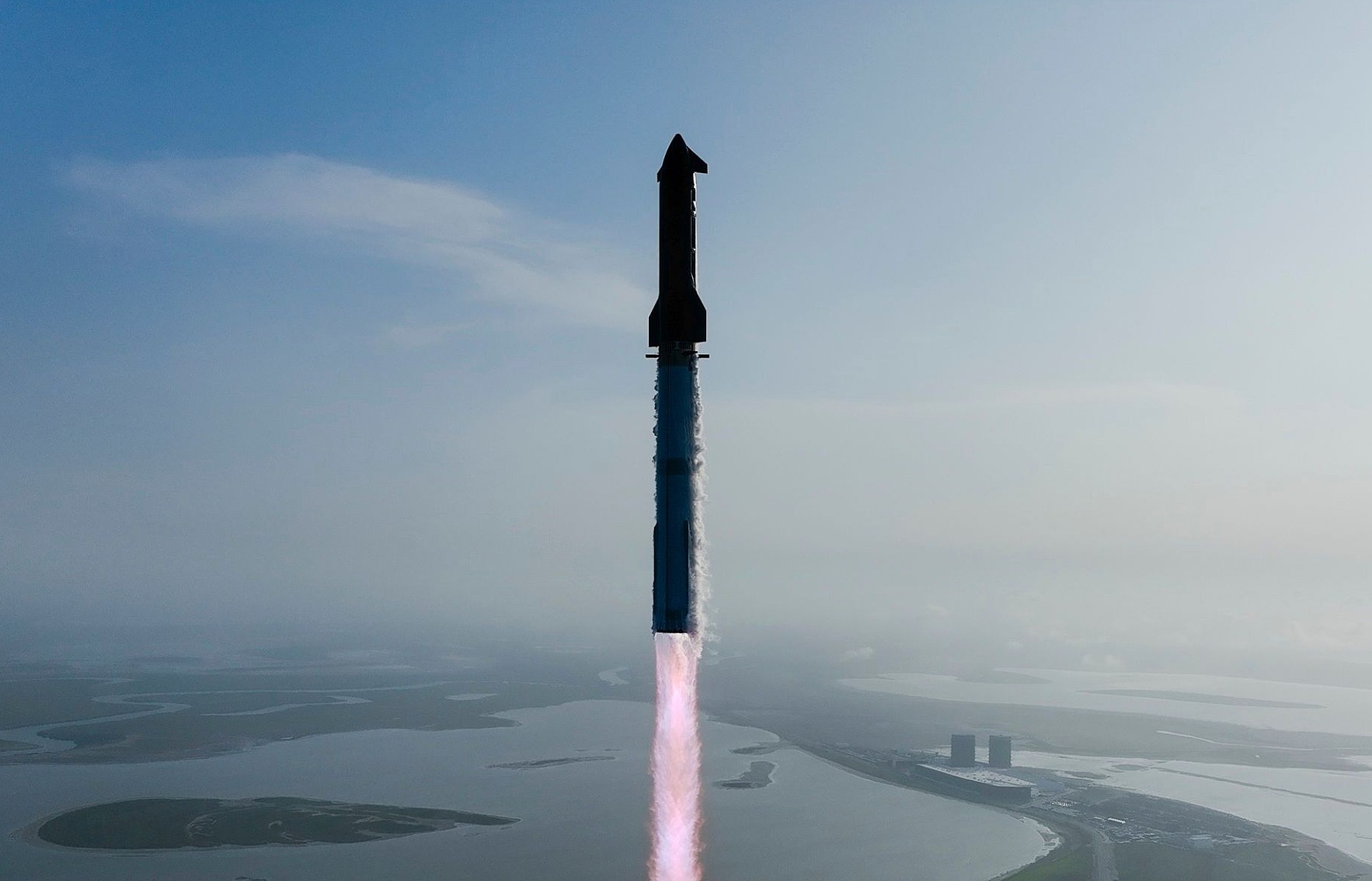
SpaceX has been hit with yet another mishap investigation by the Federal Aviation Administration (FAA) related to the company’s ninth test flight of Starship earlier this week.
The FAA said the mishap investigation is “focused only on the loss of the Starship vehicle, which did not complete its launch or reentry as planned.” The agency said the loss of the Super Heavy booster is covered by one of the FAA’s approved test induced damage exceptions requested by SpaceX.
All of Starship and Super Heavy booster debris landed within the designated hazard areas, the FAA confirmed.
It said it activated a Debris Response Area out of an abundance of caution as the booster “experienced its anomaly over the Gulf of America during its flyback toward Texas. The FAA subsequently determined the debris did not fall outside of the hazard area. During the event there were zero departure delays, one flight was diverted, and one airborne flight was held for 24 minutes. ”
SpaceX has become accustomed to mishap investigations by the FAA, as they have been impacted by them on several occasions in the past, including on Flight 8. However, they are a precautionary measure and usually are resolved within a few weeks.
Flight 9 was one of SpaceX’s most eventful, as there were several discoveries during the launch. First, it was SpaceX’s first time reusing a Super Heavy booster, as the one utilized for Flight 9 was also used on Flight 7 in January.
Contact with the booster and Starship were both lost during Flight 9. SpaceX said the booster was lost “shortly after the start of landing burn when it experienced a rapid unscheduled disassembly approximately 6 minutes after launch.”
Meanwhile, Starship was set to make a splashdown in the Indian Ocean, but the vehicle was lost about 46 minutes into the flight, SpaceX said in a mission recap.
It was an improvement from the previous two flights, as both 7 and 8 resulted in the loss of Starship after just a few minutes. Flight 9 lasted considerably longer. These flights are also not intended to make it to Mars, despite what other reports might try to tell you.
These are ways to gain information for when SpaceX eventually tries to get Starship to Mars.
Investor's Corner
Tesla bull writes cautious note on Robotaxi launch: ‘Keep expectations well contained’
Morgan Stanley’s Adam Jonas is more cautious about Tesla’s upcoming Robotaxi launch.
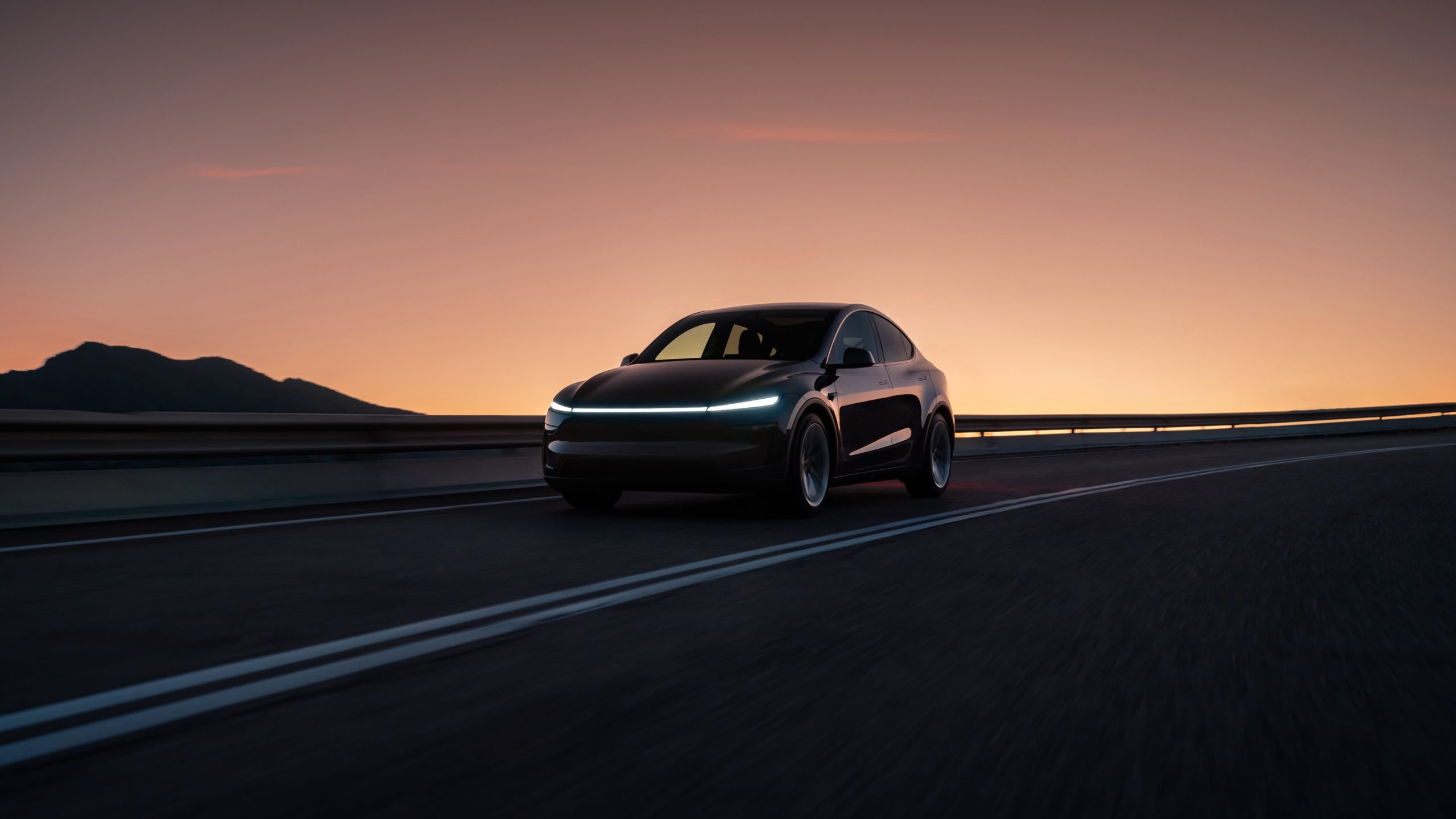
Tesla analyst Adam Jonas of Morgan Stanley is telling investors to be wary of the Robotaxi details CEO Elon Musk revealed this week, after a report seemed to land on the prospective launch date of the platform in June.
Earlier this week, a report from Bloomberg indicated Tesla had internally landed on a tentative date of June 12 for its Robotaxi launch in Austin. Shortly after, Musk detailed the successful testing Tesla has already performed without anyone in the driver’s seat.
He also indicated Teslas would self-deliver to customers in June.
Analysts are now sending out investor notes on the announcement Musk made, along with the Bloomberg report. Jonas’s note is more cautious than others.
Jonas believes Tesla needs to shed more details before investors and fans of the company get too excited. He believes there is more information that could be released, but until then, he is suggesting investors “keep expectations well contained.”
He wrote:
“As is typical for highly anticipated Tesla events, we would keep expectations well contained for the (reported) June 12th Cybercab launch event in Austin. However, we would look for a continued stream of updates for the performance and growth of the network thereafter (numbers of cars, miles, trips, etc.) in the days and weeks that follow.”
The tone of Jonas’s note contradicts that of Wedbush’s Dan Ives, who believes the “golden age of autonomous” lies in Tesla’s hands. He seems to believe Tesla will come through on its June 12 launch.
Tesla set for ‘golden age of autonomous’ as Robotaxi nears, ‘dark chapter’ ends: Wedbush
Morgan Stanley’s note is slightly more
Jonas is obviously still bullish, but is much more tentative to move forward with an attitude that communicates skepticism about what Tesla has revealed.
Jonas and Morgan Stanley have a $410 price target on Tesla shares with a ‘Buy’ rating. Tesla stock is trading at around $358 at 12:15 p.m. on the East Coast.
News
Tesla’s apparent affordable model zips around Fremont test track
Tesla was zipping around a strange, covered, compact Model Y at Fremont this week.
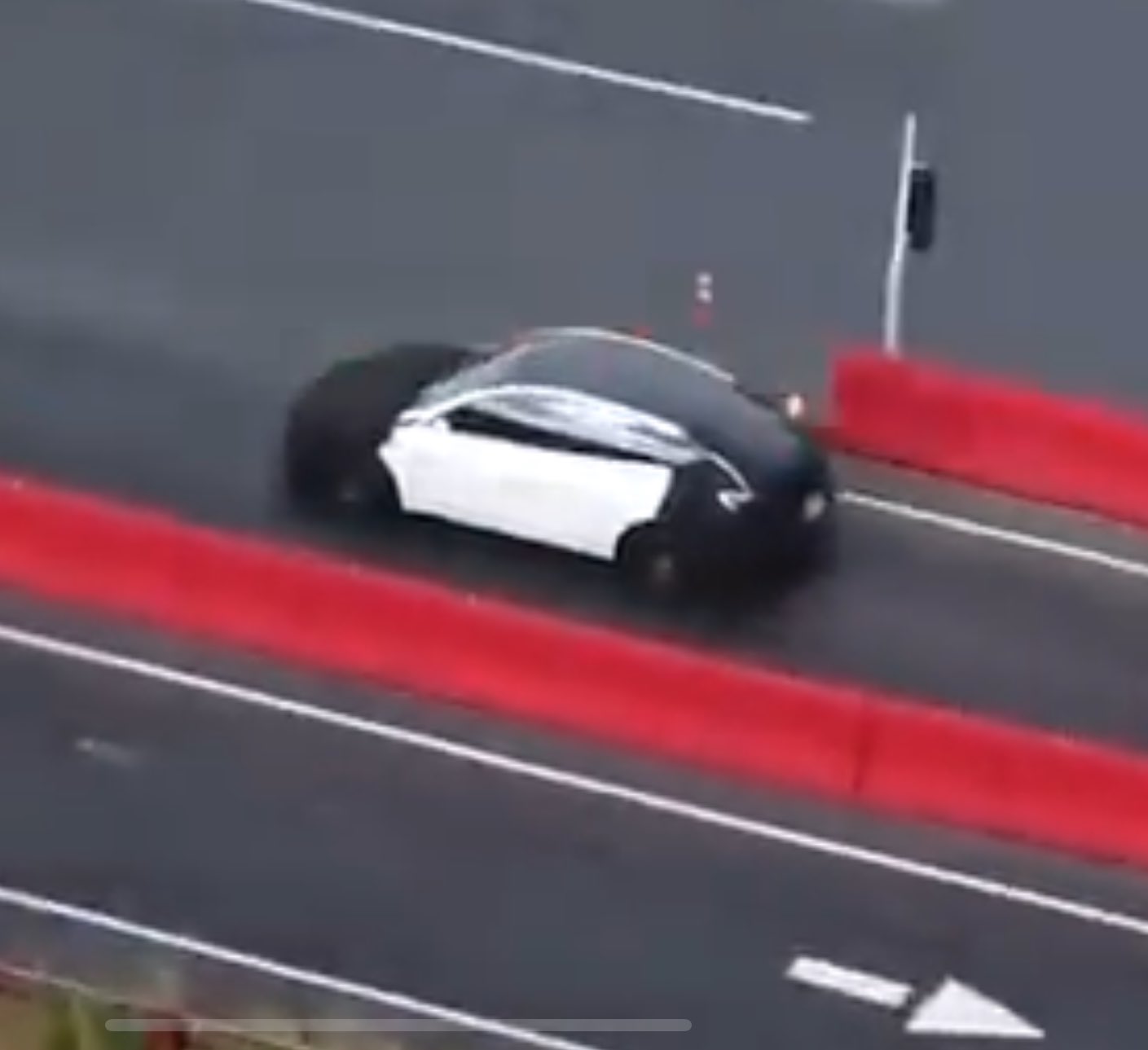
Tesla was racing a compact, short, and stocky Model Y with front and rear end covers around its Fremont Factory’s test track today, potentially giving us a look at the upcoming affordable model.
On Thursday, Met God in the Wilderness on YouTube posted a flyover of the Fremont Factory, a weekly occurrence for the channel. This week’s video featured a smaller, more compact Model Y racing around the Test Track at Fremont, trailed by a Cybertruck:
- Credit: Met God in Wilderness | YouTube
- Credit: Met God in Wilderness | YouTube
- Credit: Met God in Wilderness | YouTube
- Credit: Met God in Wilderness | YouTube
While both bumpers are covered, it still seems to be a much more compact version of the Model Y. There is also the potential that this is the upcoming Model Y Performance, but it seems that this vehicle is smaller than the traditional Model Y. Tesla would not reduce its size this much for the Performance configuration.
With that, it seems more likely it is one of the affordable models.
Tesla still on track to release more affordable models in 1H25
It also plays into the idea that Tesla is planning to launch vehicles very similar to the Model Y and Model 3. During the last Earnings Call, Tesla VP of Vehicle Engineering Lars Moravy stated that the affordable models the company planned to launch would be of the same form and factor as the Model Y, indicating potentially a stripped-down version of the all-electric crossover:
“I will say it’s important to emphasize that, as we’ve said all along, the full utilization of our factories is the primary goal for these new products. And so flexibility of what we can do within the form factor and, you know, the design of it is really limited to what we can do on our existing lines rather than building new ones.”
This was essentially a read-between-the-lines moment for investors as they took it as the affordable models would not be much different than the Model Y.
This vehicle seems to fit the bill of what Moravy described: it is eerily similar to the Model Y without the lengthened front and rear. While it is still tough to determine exactly what it is, it surely does look to be something that Tesla is keeping under wraps for the short term.
-
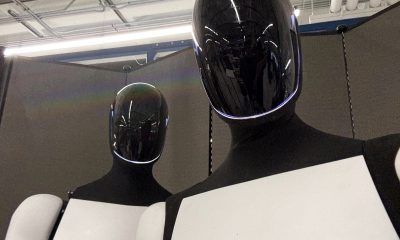
 News1 week ago
News1 week agoTesla posts Optimus’ most impressive video demonstration yet
-
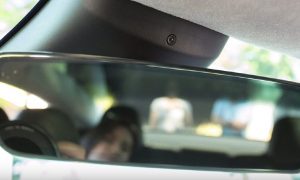
 Elon Musk2 weeks ago
Elon Musk2 weeks agoTesla seems to have fixed one of Full Self-Driving’s most annoying features
-
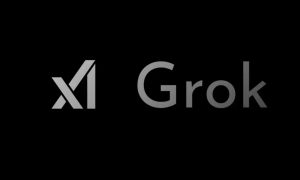
 News2 weeks ago
News2 weeks agoxAI tackles Grok’s unsolicited responses after unauthorized change
-

 News2 weeks ago
News2 weeks agoTesla posts FSD demonstrations in Australia and France
-
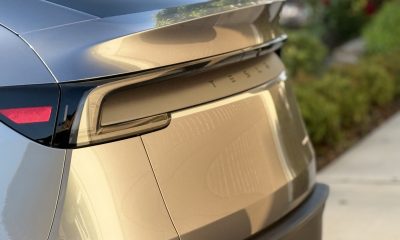
 Investor's Corner2 weeks ago
Investor's Corner2 weeks agoTesla welcomes Chipotle President Jack Hartung to its Board of Directors
-
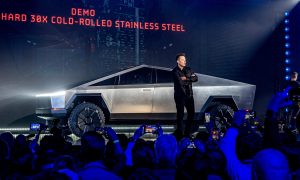
 Elon Musk1 week ago
Elon Musk1 week agoTesla’s Elon Musk confirms he’ll stay CEO for at least five more years
-
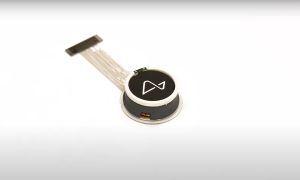
 News1 week ago
News1 week agoNeuralink Blindsight human trials expected to start in the UAE
-
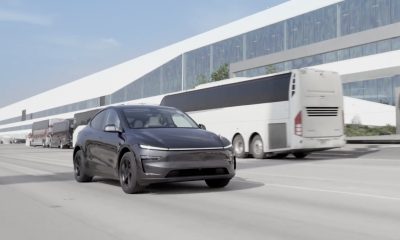
 News2 weeks ago
News2 weeks agoTesla Giga Berlin seems to be using FSD Unsupervised to move Model Y units


